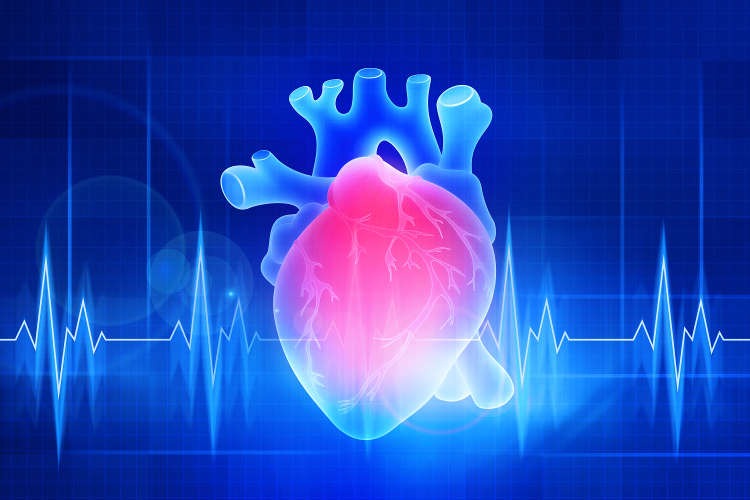UNC School of Medicine researchers have achieved significant advances in the intriguing disciplines of cellular reprogramming and organ regeneration, and their results might have a significant influence on the development of future therapies for shattered hearts.
In a study published in the journal Cell Stem Cell, researchers at the University of North Carolina in Chapel Hill discovered a more efficient and effective technique to convert scar tissue cells (fibroblasts) to become healthy cardiac muscle cells (cardiomyocytes).
The fibrous, stiff tissue that causes heart failure after a heart attack or as a result of cardiac disease is created by fibroblasts. Researchers are looking into possibly treating or one day curing this widespread and deadly illness by converting fibroblasts into cardiomyocytes. Surprisingly, a gene activity-controlling protein called Ascl1, which is well recognised to be an essential protein involved in converting fibroblasts into neurons, turned out to be the key to the new cardiomyocyte-making approach. Ascl1 was once assumed to be neuron-specific by researchers.
Li Qian, PhD, senior author of the study and associate director of the McAllister Heart Institute at the UNC School of Medicine, said, “It’s an out-of-the-box finding, and we expect it to be useful in developing future cardiac therapies and possibly other kinds of therapeutic cellular reprogramming.”
In the past 15 years, researchers have created a number of methods to convert adult cells into stem cells and then drive those stem cells to differentiate into other types of adult cells. In recent years, researchers have discovered strategies to reprogramme cells directly from one mature cell type to another. It has been hoped that once these techniques are as safe, effective, and efficient as possible, clinicians will be able to provide a direct injection to patients to transform harmful cells into helpful ones.
“Reprogramming fibroblasts has long been one of the important goals in the field,” Qian said. “Fibroblast over-activity underlies many major diseases and conditions including heart failure, chronic obstructive pulmonary disease, liver disease, kidney disease, and the scar-like brain damage that occurs after strokes.”
In the new study, Qian’s team used three currently used approaches to reprogramme mice fibroblasts into cardiomyocytes, liver cells, and neurons. This team also included co-first authors Haofei Wang, PhD, a postdoctoral researcher, and MD/PhD student Benjamin Keepers. Their goal was to document and contrast the variations in gene activity patterns and variables that control gene activity during these three separate reprogrammings.
Unexpectedly, the scientists discovered that converting fibroblasts into neurons activated a group of genes related to cardiomyocytes. They quickly discovered that Ascl1, one of the master-programmer “transcription factor” proteins employed to create the neurons, was the cause of this activation.
The researchers added Ascl1 to the three transcription factor cocktails they had been using to create cardiomyocytes to see what would happen because Ascl1 activated cardiomyocyte genes. They were shocked to see that it significantly increased reprogramming efficiency–the percentage of effectively reprogrammed cells–by more than ten times. In reality, they discovered that only Ascl1 and another transcription factor known as Mef2c remained from their original cocktail of three factors.





